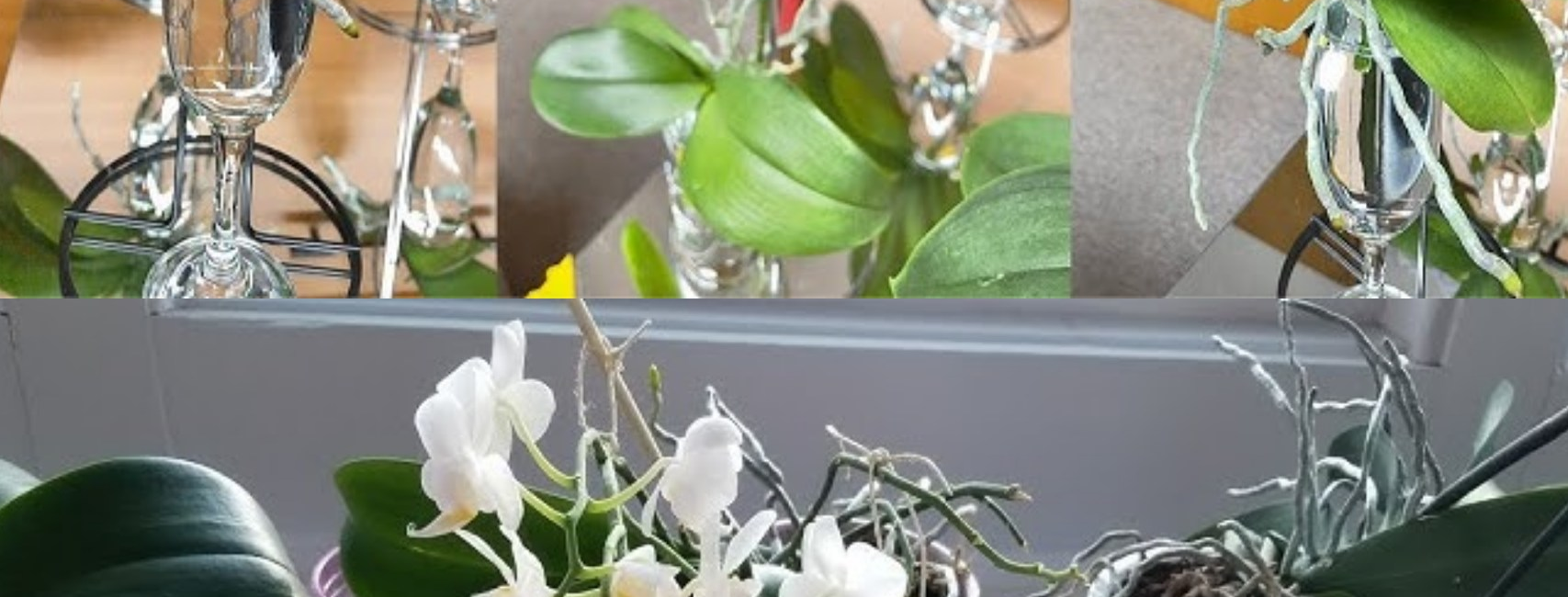Orchids are one of the most enchanting and diverse flowering plants, celebrated not only for their stunning beauty but also for their ability to bloom in a multitude of conditions. From the delicate Phalaenopsis to the exotic Cattleya, these lovely flowers can become the crown jewel of your indoor garden, provided they receive the right care. Understanding the secrets that professional florists employ to ensure their orchids thrive for months on end is the key to bringing these amazing plants into your home. In this article, we’ll take a deep dive into the methods and techniques that can turn your orchids into long-lasting, beautiful specimens.
Understanding the Basics of Orchids
Orchids belong to the family Orchidaceae, which encompasses more than 25,000 species and over 200,000 hybrids. They can be found in a variety of environments, which is part of what makes them so fascinating. The versatility of orchids means that they can adapt to different light, temperature, and humidity conditions. However, the care your orchid needs will greatly depend on its specific species.
The Importance of Light
Light is one of the most critical factors that influence the health of orchids. Most orchids flourish best in bright, indirect light. Florists often place their orchids in east or west-facing windows, where they can soak in ample light without being scorched by direct rays.
To ensure your orchid receives the right kind of light, you should:
- Monitor Light Levels: Use curtains or blinds to filter harsh sunlight. If your orchid is getting too much sunlight (indicated by yellow or scorched leaves), adjust its position immediately.
- Rotate Regularly: To promote even growth and prevent the stem from leaning towards the light source, rotate your orchid every few weeks.
- Utilize Artificial Light: During winter months or in homes with little natural light, consider using grow lights that mimic sunlight. This ensures your orchids receive enough light regardless of seasonal changes.
Watering Wisely
One of the most common challenges in orchid care is getting the watering routine just right. Many new orchid owners overwater, thinking the plant requires constant moisture, but this can lead to root rot.
Florists recommend the following watering strategies:
- Use the Soak and Dry Method: Allow the potting medium to dry out between waterings. A good rule of thumb is to water your orchid once a week, but this can vary depending on humidity, temperature, and the type of orchid.
- Check the Potting Medium: Use a finger to dip into the bark or moss. If it feels dry several inches down, it’s time to water.
- Water Thoroughly: When you water, do so thoroughly until water drains through the bottom of the pot. This ensures that the entire root system gets what it needs.
- Choose the Right Water: Orchids prefer distilled or rainwater to tap water, which can contain chlorine and other chemicals that may harm the plant.
Humidity – The Secret Ingredient
Orchids thrive in high humidity environments, often ranging between 40% to 70%. Creating optimal humidity levels at home can be particularly crucial for certain types of orchids.
Florists achieve humidity in various ways:
- Use Humidity Trays: Fill shallow trays with pebbles and water, ensuring the base of the pot does not touch the water. As the water evaporates, it will increase the humidity around the orchid.
- Misting: Lightly mist your orchids a few times a week, but avoid soaking the leaves, as this can lead to fungal infections.
- Room Humidifiers: If you live in a particularly dry climate, consider investing in a room humidifier to maintain consistent humidity levels.
Temperature Management
Most orchids prefer temperatures between 65°F and 75°F (18°C – 24°C) during the day and slightly cooler at night.
To balance temperature for your orchids, consider the following tips:
- Avoid Drafts and Heat Sources: Orchids can be sensitive to changes in their environment, so keeping them away from drafts, air conditioning vents, or heating units is essential.
- Adjust Seasonally: During summer, ensure they are in a cooler spot, while during winter, you could allow a slight drop in temperature at night.
- Use a Thermometer: Keep a simple thermometer near your orchids to monitor their environment, helping you to identify when conditions might be too hot or too cold.
Fertilization for Healthy Growth
Fertilizing your orchids is critical for their overall health and blooming potential. Many florists use a balanced fertilizer formulated specifically for orchids. The key is to apply it appropriately.
Here’s how to fertilize effectively:
- Dilute Regularly: Use a balanced orchid fertilizer, typically at half-strength, every two to four weeks during the growing season (spring and summer).
- Avoid Over-fertilizing: Too much fertilizer can lead to salt buildup, damaging the roots. Make sure to flush the potting medium with water every couple of months to remove excess salts.
- Follow the Plant’s Cycle: Reduce or cease fertilizer application during the winter months when the plant naturally enters a dormant period.
Repotting: Setting the Stage for Success
Repotting orchids can be a daunting task for many newcomers, but it is essential for their health. Florists recommend repotting every 1-2 years or when you notice the potting medium has decomposed.
When repotting, keep the following in mind:
- Choose the Right Medium: Use a mixture that allows for good airflow and drainage, such as a bark mix or sphagnum moss, suitable for your specific type of orchid.
- Timing is Key: Optimal times for repotting are after blooming or during the growing season, when your orchid is most robust.
- Handle with Care: Be gentle with roots, trimming any that are brown or mushy, and be wary of stressing the plant too much during the process.
Pest Management
Just like other plants, orchids are susceptible to pests, including aphids, mealybugs, and spider mites. Maintaining good care practices is the best prevention strategy, but sometimes pests may still invade.
- Regular Inspections: Make it a habit to check your orchids regularly for signs of pest infestations. The sooner you catch them, the easier they will be to manage.
- Natural Remedies: Use insecticidal soap or neem oil as a treatment. Both are effective and less harmful to the plant and environment.
- Isolation: If you suspect one orchid is infested, isolate it immediately from your other plants to prevent the spread of pests.
The Art of Pruning
Pruning is essential for maintaining the health and aesthetics of your orchids. After blooming, the spent flower spike can be cut back to encourage new growth.
- When to Prune: Cut the flower spike back to the nearest node or leave it intact if it’s still green, as it may bloom again.
- Use Clean Tools: Always use sterilized cuttings tools to prevent disease, cleaning the blades between cuts if you’re tending to multiple plants.
Conclusion
With these strategies employed by florists, you can transform your orchids into lush, thriving, and blooming beauties that will last for months on end. The key takeaway is to understand the specific needs of your orchid and to create a nurturing environment that matches those needs.
By carefully considering light, watering, humidity, temperature, fertilization, repotting, pest management, and pruning, you can ensure that your orchids flourish and bring joy and elegance to your home. With a little patience and practice, you’ll soon be an orchid enthusiast, ready to share your newfound knowledge with friends and fellow plant lovers. So, roll up your sleeves, dig in, and let the intricate world of orchids inspire you!




